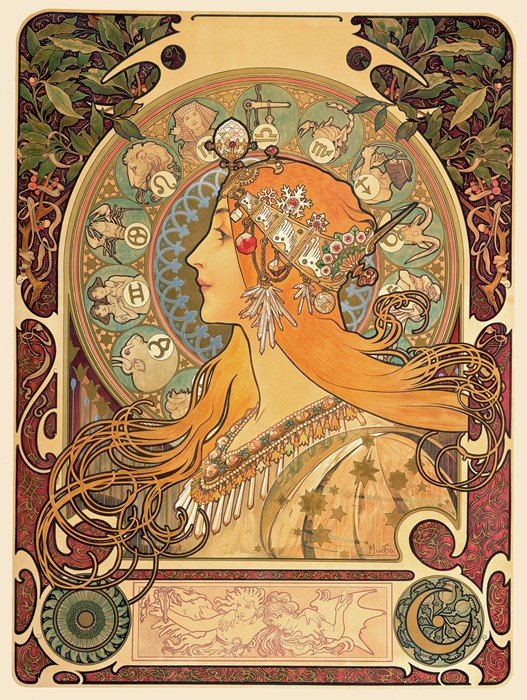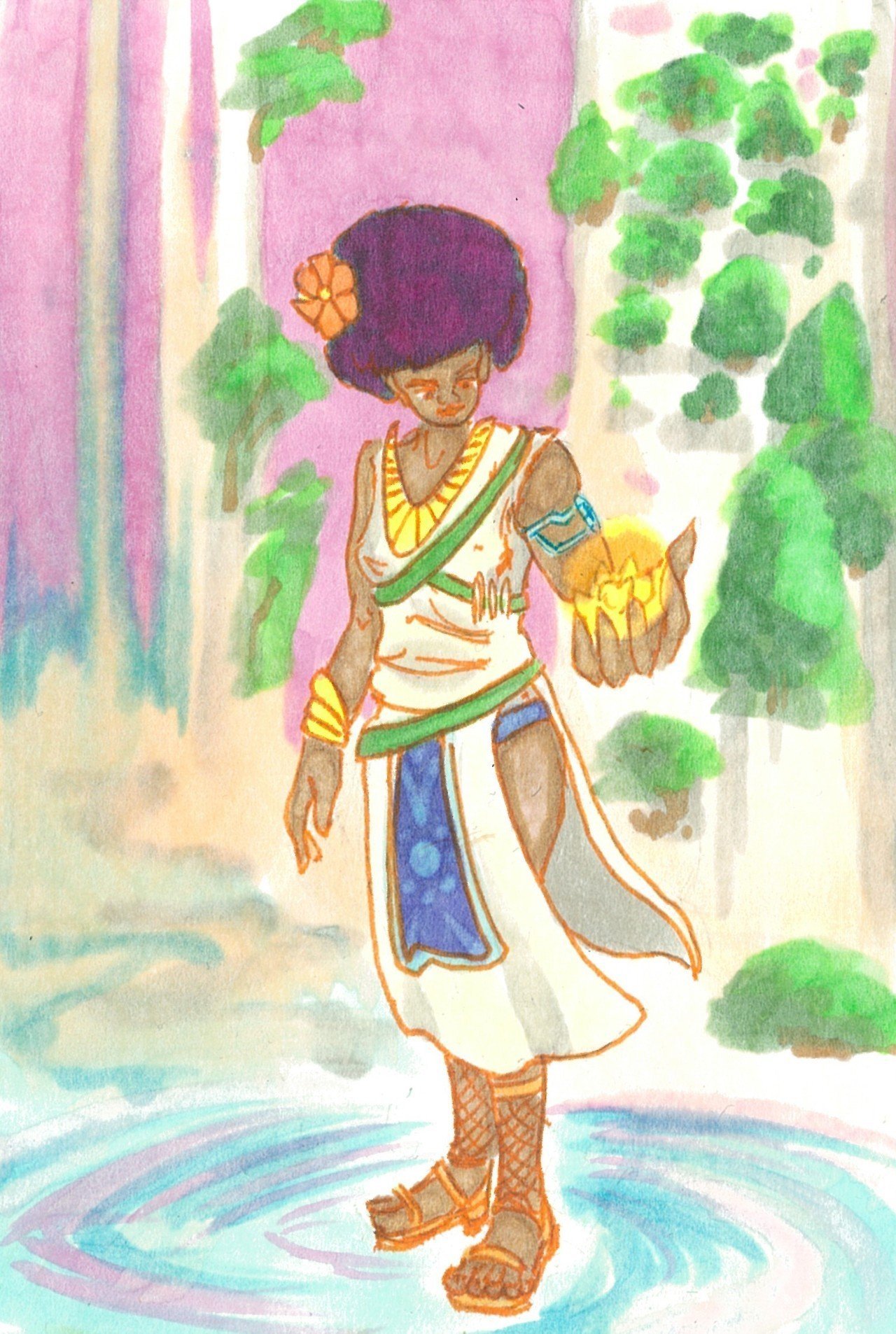Unpacking the Aesthetics of Solar Punk
Creating art is a fundamental aspect of the human experience. It not only shapes our idea of how humanity functions but how it could function in the future. When the future is depicted in a modern context, it is typically through a dystopian presentation. We are taught to view our future as hopeless, which correlates to a lack of personal action to strive toward a better reality. In this way, art and imagination are essential to political movements. Solarpunk embodies this sentiment as it recenters fun, beauty, and ingenuity in serious political discourse, and encapsulates everything from a positive imagining of our future to practical ways we can work toward this reality.
In order to thoroughly understand solarpunk in both an aesthetic and practical sense, we must first examine the steampunk genre. Steampunk is an offshoot of science fiction characterized by its post-apocalyptic tone and use of gothic fashion. Steampunk envisions a future completely overtaken by capitalistic structures. Solarpunk, in contrast, turns this genre on its head by imagining a future beyond capitalism in which society functions as a collective to benefit nature and humanity. In 2008, the blog “Republic of the Bees” first proposed the concept of solarpunk, but the aesthetics of this genre were realized through Miss Olivia Louise’s Tumblr post “Land of Masks and Jewels” in 2014. In this post, a future is described in which society functions through the creation of artisan goods as the focus shifts to a more communal, egalitarian form of commerce.
The aesthetic of solarpunk takes inspiration from Art Nouveau, an ornamental style that flourished between 1890-1910. This art period is characterized by its use of ornate, asymmetrical earthy designs that are heavily reminiscent of Japanese motifs. The influence of these motifs bleeds into the modern solarpunk aesthetic as anime accounts for the main representation of this genre in literature. Furthermore, some of the basic ideological principles of the solarpunk movement are in line with the Art Nouveau style. One of the key originators of this movement, Alphonse Mucha, was heavily invested in freemasonry and the progression of humanity in a social and political sense which aligns with the ideals and activism associated with the solarpunk aesthetic.
Solarpunk as a movement extends beyond aesthetics, as it has been adopted by environmentalist groups as a way to instigate pragmatic action that can lead to a brighter future. A group known as The Solarpunk Community published A Solarpunk Manifesto in 2019. This manifesto reclaims an optimistic outlook, that the traditional dystopian view of the future disregards. Activists encourage planning for the future by taking political action in the present. Furthermore, the philosophy of solarpunk emphasizes personal liberation from oppressive structures through collective efforts. One of the key points of solarpunk, for instance, is its focus on ending wasteful consumption in order to reconstruct our relationship to both nature and ourselves as we are forced to reevaluate our needs as a collective. Solarpunk is about reconnecting humankind and the environment as it imagines a future in which we can coexist with nature. Solarpunk gives us the space to visualize this future which is an essential first step to achieving a better reality, as we must first be able to imagine a better future if we are to have a chance at attaining it.
Strike out,
Writer: Annamarie Simoldoni
Editors: Faveanny Leyva & Lexi Fernandez
Graphics: Madison Dodd
Tallahassee



